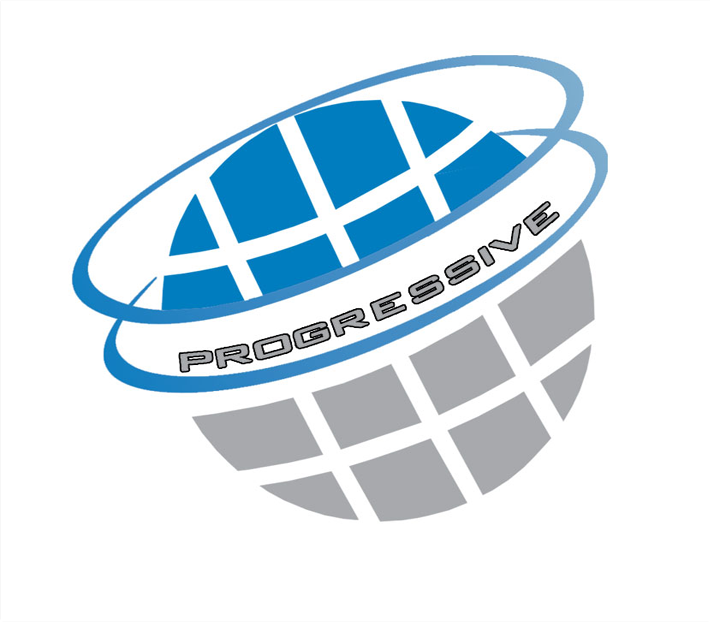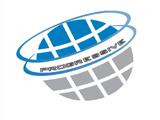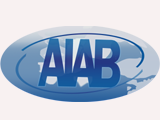SERVICES
Reach Certification
Evaluation Process
The evaluation process has three purposes:
- The first purpose is for authorities to evaluate the testing proposals made by industry to ensure the safety of their products and thereby ensuring that animal testing is kept to a minimum.
- The second purpose is to check compliance with the requirements of the regulation.
- The third purpose is to examine any suspicion of risks to human health and the environment arising from substances.
- Evaluation provides a means for the authorities to require registrants, and in very limited cases downstream users, to provide further information.
- There are two types of evaluation: dossier evaluation and substance evaluation:
Dossier evaluation is conducted by authorities to examine proposals for testing to ensure that unnecessary animal tests and costs are avoided, and to check the compliance of registration dossier with the registration requirements. Substance evaluation is performed by authorities when there is a reason to suspect that a substance presents a risk to human health or the environment (e.g. because of its structural similarity to another substance). Therefore, all registration dossiers submitted for a substance are examined together and any other available information is taken into account.
Authorisation
The REACH proposal sets up a system under which the use of substances with properties of very high concern and their placing on the market can be made subject to an authorisation requirement.
This authorisation requirement ensures that risks from the use of such substances are either adequately controlled or justified by socio-economic grounds, having taken into account the available information on alternative substances or processes.
The substances selected for the authorisation system have hazardous properties of such very high concern that the Community needs to decide about the adequacy of the control of risks arising from their uses or about the socio-economic benefits of the uses of such substances that justify risks arising from their use:
Category 1 and 2 CMR substances have effects on humans which are generally so serious and cannot normally be reversed, and PBT and vPvB substances accumulate in living organisms, which cannot normally be reversed, either. To provide a security net, other substances with serious and irreversible effects of an equivalent level of concern as the CMR, PBT and vPvB substances, can be identified on a case-by-case basis. This could for example be endocrine disrupters which are not already covered by the CMR criteria.
The authorisation provisions require those using or making available substances with properties of very high concern which are included into the system to apply for an authorisation for each use, regardless of the quantity of the substance used, within deadlines set by the Commission.
The burden of proof is placed on the applicant to demonstrate that the risk from the use is adequately controlled or that the socio-economic benefits outweigh the risks. In the latter case, applicants need to submit a substitution plan along with a socio-economic analysis.
The Agency, via its Committees for Risk Assessment and Socio-economic Analysis provides opinions on the applications, which the Commission will use for its decisions on applications.
In particular the Authorisation process ensures that:
- The burden of proof to demonstrate that the risk from the use is adequately controlled or that the socio-economic benefits outweigh the risks are placed on the applicants for authorisation.
- The Commission and the MS authorities can monitor the progress;
- The Commission, the MS authorities and industry can focus their resources by starting with those substances that are considered to pose the greatest current risk and to deliver the 'Highest Expected Regulatory Outcome' (HERO)
Restrictions
The restrictions procedure is a safety net for substances posing an unacceptable risk to human health or the environment arising from its manufacture, use or placing on the market, which need to be addressed on a Community wide basis.
The basis of the demonstration of the unacceptable risk to human health or the environment on a Community wide basis, will be a risk assessment. This will be different from the CSR of the individual dossiers as they usually won’t deal with regional ‘exposure’, aggregate volumes, and multiple exposures.
A restriction of a substance is any condition for, or prohibition of, its manufacture, use or placing on the market. Restrictions enable risk management measures beyond those already implemented by manufacturers, importers and downstream users, to be introduced across the Community where they are shown to be necessary. Restrictions can also impose a harmonised level of risk management measures. Restrictions apply to all manufacturers, importers, downstream users and distributors of a substance if the manufacture, use or placing on the market (activity) of this substance is included in Annex XVII.
Annex XVII contains restrictions on the manufacture, placing on the market and use of certains dangerous substances, preparations and articles; a consolidation of the restrictions contained in Directive 76/769/EC.

Business Association/Country Representation- Country Representation
- Progressive Certification services is looking for
competent associates from
Japan,
Russia,
Ukraine,
Bulgaria,
Italy,
Spain,
France,
Malaysia,
Middle Eastern Countries,
Canada,
Sri Lanka,
Tunisia,
Germany,
Brazil,
A
Afghanistan
Albania
Algeria
Andorra
Angola
Antigua & Barbuda
Argentina
Armenia
Australia
Austria
Azerbaijan
B
Bahamas
Bahrain
Bangladesh
Barbados
Belarus
Belgium
Belize
Benin
Bhutan
Bolivia
Bosnia & Herzegovina
Botswana
Brazil
Brunei
Bulgaria
Burkina Faso
Burundi
C
Cambodia
Cameroon
Canada
Cape Verde
Central African Republic
Chad
Chile
China
Colombia
Comoros
Congo
Congo Democratic Republic
Costa Rica
Cote d'Ivoire
Croatia
Cuba
Cyprus
Czech Republic
D
Denmark
Djibouti
Dominica
Dominican Republic
E
Ecuador
East Timor
Egypt
El Salvador
Equatorial Guinea
Eritrea
Estonia
Ethiopia
F
Fiji
Finland
France
G
Gabon
Gambia
Georgia
Germany
Ghana
Greece
Grenada
Guatemala
Guinea
Guinea-Bissau
Guyana
H
Haiti
Honduras
Hungary
I
Iceland
India
Indonesia
Iran
Iraq
Ireland
Israel
Italy
J
Jamaica
Japan
Jordan
K
Kazakhstan
Kenya
Kiribati
Korea North
Korea South
Kosovo
Kuwait
Kyrgyzstan
L
Laos
Latvia
Lebanon
Lesotho
Liberia
Libya
Liechtenstein
Lithuania
Luxembourg
M
Macedonia
Madagascar
Malawi
Malaysia
Maldives
Mali
Malta
Marshall Islands
Mauritania
Mauritius
Mexico
Micronesia
Moldova
Monaco
Mongolia
Montenegro
Morocco
Mozambique
Myanmar (Burma)
N
Namibia
Nauru
Nepal
The Netherlands
New Zealand
Nicaragua
Niger
Nigeria
Norway
O
Oman
P
Pakistan
Palau
Palestinian State*
Panama
Papua New Guinea
Paraguay
Peru
The Philippines
Poland
Portugal
Q
Qatar
R
Romania
Russia
Rwanda
S
St. Kitts & Nevis
St. Lucia
St. Vincent & The Grenadines
Samoa
San Marino
Sao Tome & Principe
Saudi Arabia
Senegal
Serbia
Seychelles
Sierra Leone
Singapore
Slovakia
Slovenia
Solomon Islands
Somalia
South Africa
South Sudan
Spain
Sri Lanka
Sudan
Suriname
Swaziland
Sweden
Switzerland
Syria
T
Taiwan
Tajikistan
Tanzania
Thailand
Togo
Tonga
Trinidad & Tobago
Tunisia
Turkey
Turkmenistan
Tuvalu
U
Uganda
Ukraine
United Arab Emirates
United Kingdom
United States of America
Uruguay
Uzbekistan
V
Vanuatu
Vatican City (Holy See)
Venezuela
Vietnam
Y
Yemen
Z
Zambia
Zimbabwe
Argentina etc.
 Progressiveltd
Progressiveltd












